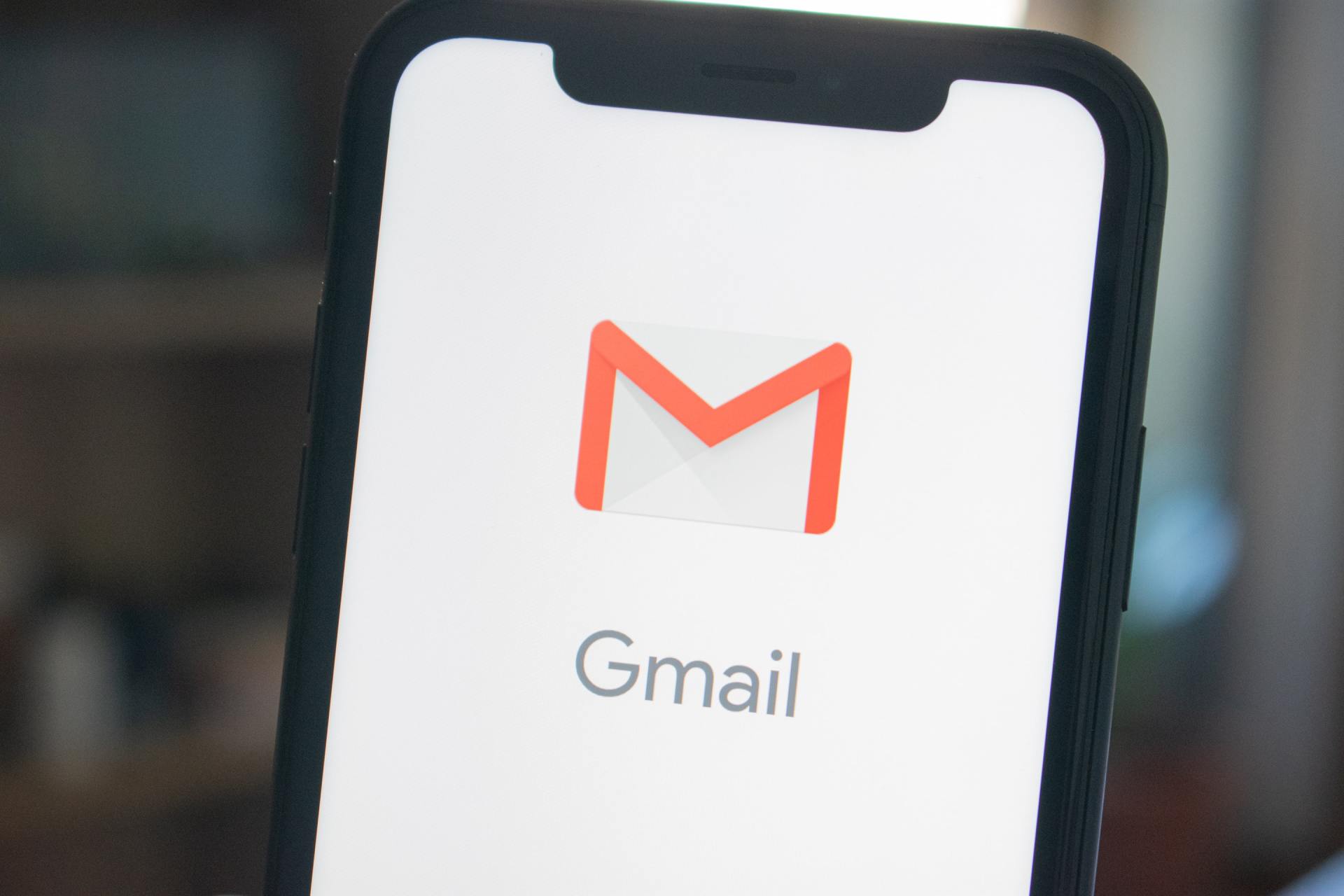How to create an email address on your domain with Google or Microsoft
Cotswold Web • 8 April 2020
So you’ve got your own business website with your own domain name, but have you got a professional looking email address to go with it?

Most people have got their own Gmail (or similar) email account, but it doesn’t look great from a professional point of view.
Customers expect an email address to match a website domain name.
If they don’t match, it tends to make people ask the sort of questions of a business that you would rather they didn’t ask. Can this company be trusted? Is this business too cheap or too lazy to purchase a domain email?
First impressions of a business count and these questions will damage the first impression you are trying to make.
Customers and prospective customers will be far more likely to trust an email address which includes your company name, so john.smith@tewkesburyconservatories.co.uk rather than john.smith@gmail.com
The good news is that it is very simple to use Gmail or Microsoft to set up a professional-looking email address on your own domain.
Standard @gmail.com emails are free, but there is a small price to pay to create and manage custom email addresses with Gmail based on your own domain name. Gmail’s premium package is called G Suite and costs £4.14 per month, with a 14 day free trial available.
When you set up your email with G Suite, it will ask if you have a domain name that you want to connect.
You then follow the user-friendly steps, including creating a main G Suite user, before you are able to verify and create your new email account and log in. When you have verified your own email address, you get the option to add others within your business to the main account.
Once you’ve gone through these steps, you’ll have a fully functioning email account (or several email accounts to include everyone in your company) for your domain name and you can begin using it with Gmail’s standard user interface.
Alternatively, you can set up a custom email address on your own domain name with Microsoft. Initially you start out with an email address in Office 365, ending in ‘onmicrosoft.com’, such as john@tewkesburyconservatories.onmicrosoft.com
To change your Microsoft email address to your own domain using the Microsoft 365 admin centre, you need to have a global admin account. Start by going to the admin centre at https://admin.microsoft.com
From there, it is very easy to set up your email address:
• Go to the Settings > Domains page.
• On the Domains page, select Add domain.
• Follow the steps to confirm that you own your domain and to change your email address.
This will give you a professional-looking, personalised email address for your business, such as john@tewkesburyconservatories.co.uk. You can also follow the process to set up emails on your domain for everyone in your company.
By spending just a little bit of time setting up an email address on your domain name, you will make your business appear more professional and trustworthy to customers.
Once you have these email addresses set up, customers and prospective customers who contact your business will have no idea that you are actually using Gmail or Microsoft to contact you and will simply see a professional business email address.
More Posts.

by Richard Jaques
•
26 March 2025
In today's digital landscape, effective content marketing can be the key differentiator for small businesses striving to stand out. As consumers increasingly turn to online platforms for information, brands must engage their audiences through valuable content that resonates with their needs. Understanding the nuances of content marketing is crucial; it encompasses various strategies designed to attract, inform, and delight customers while ultimately driving sales. From developing engaging customer personas to measuring success through specific metrics, small businesses have an incredible opportunity to refine their marketing approach. This article explores eight proven strategies that can lead to content marketing success for small businesses, equipping you with the tools necessary to create impactful and sustainable marketing efforts. 1. Understanding the Importance of Content Marketing Content marketing is vital for small businesses. It helps connect them with their target audience, builds brand awareness, and drives organic traffic. A well thought out content marketing strategy lets small businesses compete with larger companies by using cost effective methods. Regularly sharing valuable content can position a business as an expert in its field. This fosters trust and encourages potential customers to seek their services. Documenting your content strategy also increases the chances of seeing your marketing efforts as effective, allowing a higher allocation of budget toward content marketing. Creating a diverse range of content types is key. Here are some content formats to consider: Blog Posts Social Media Posts Email Marketing Visual Content Developing a strategic content plan helps business owners carve out unique market spaces. Establishing clear business goals and using tools like Google Analytics to gauge conversion rates can refine your approach. Below is a quick checklist for effective content marketing: Know your target audience Set SMART goals Use a content calendar Perform a content audit By focusing on these elements, small businesses can enhance their content marketing efforts and achieve growth. 2. Developing Customer Personas for Targeted Engagement To create targeted content, small business owners should develop detailed buyer personas. These personas are fictional versions of ideal customers, including demographic and psychographic details. Tools like Google Analytics and social media insights provide valuable data to shape these personas, making them more accurate. Understanding your target audience through buyer personas is key. It allows content marketers to tailor pieces of content that address specific needs and challenges. This approach boosts engagement and builds trust with potential customers. It is often necessary to have multiple personas to cater to various products, services, or customer segments. Each persona reflects different motivations and interactions with your brand at various stages of the customer journey. Here's how you can develop them: Collect Data: Use surveys, Google Analytics, and social media insights. Analyse: Determine the needs, interests, and behaviours of your audience. Create Multiple Personas: Define different segments based on your findings. Tailor Content: Use the personas to guide your content marketing efforts. Effective personas lead to a successful content marketing strategy, enhancing your business goals with every piece of content created. 3. Crafting a Comprehensive Content Plan Creating a successful content plan is key for small business owners. It acts as a guide to align all your content marketing efforts with your business goals. Here’s how you can craft a comprehensive content plan: Identify Key Topic Areas: Focus on subjects relevant to your target audience. This ensures you create valuable content that speaks directly to potential customers. Choose Content Types: Use a mix of blog posts, infographics, and videos. Different content formats can help engage various segments of your market. Plan Distribution Channels: Decide where to share your content. Consider social media posts, email marketing, and your website for maximum reach. Set Calls to Action: Encourage your audience to take the next step. This could be signing up for a newsletter or visiting a product page. Utilise a Content Calendar: This keeps your content marketing strategy organised and consistent, minimising missed opportunities. Analyse Metrics: Use Google Analytics to track conversion rates, engagement, and content performance. Including these elements in your content plan aligns with the fact that structured strategies significantly boost success rates. Regular content audits refine this strategy further, ensuring continued engagement and growth .

19 November 2024
Heading 1 Artificial intelligence (AI) has had a huge impact in many areas of life and SEO is no exception. While it has made online searches easier for consumers, keeping up with it and staying ahead as a business can be challenging. As Google integrates advanced AI into its search results, businesses must rethink their SEO strategies. Understanding the future of SEO in the context of AI is essential to appear high on search rankings and remain competitive. Traditionally, search engine optimisation (SEO) has relied largely on keyword optimisation and link building. If you sell garden products, you would make sure the phrase ‘garden products’ was used frequently throughout your website. You would also look to get some links back to your site from other websites – maybe other businesses in your local area or in a complementary sector. These traditional SEO methods are becoming less effective. AI means search engines like Google and Bing have become better at understanding the intent behind a search, through machine learning algorithms analysing huge quantities of data, as well as natural language processing. Natural language processing doesn’t just understand the words in a query, it understands the context and intent behind it. AI can even understand synonyms, slang and regional variation in language! When someone searches for something online, AI can analyse, interpret and predict their behaviour. So businesses have to adapt their SEO strategies to changing algorithms to stay competitive. You need to have a deeper understanding of your target audience and produce content which meets their needs and answers their queries. It is about providing the best answer to the questions your audience is asking, because AI algorithms are skilled at recognising content which meets the search intent of users and provides value. This means that content which is designed to meet specific needs, answer questions and provide the solutions to problems is more likely to rank higher in searches. AI algorithms will prioritise content which resonates with users on a human level – with every paragraph adding more value and depth. This aligns with AI’s preference for content which engages and informs – and also helps build a stronger connection with your target audience. In addition, AI is making voice searches (e.g. Alexa) much more effective. Voice searches tend to use more words than online searches e.g. ‘find me healthy snacks for pre-school children’ rather than just typing ‘healthy snacks’ into Google with no context. This aspect of AI will continue to grow in importance and become even more widely used.
© 2025
Cotswold Web Services.




